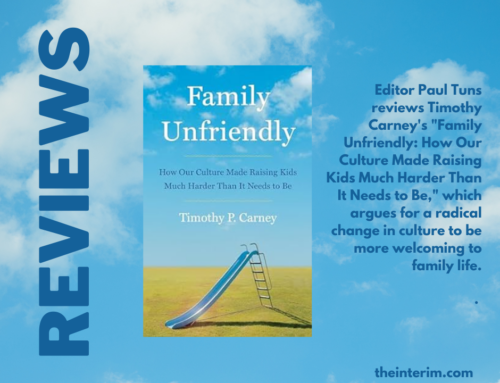The Educated Child: A Parent’s Guide from Preschool Through Eighth Grade by William J. Bennett, Chester E. Finn Jr., and John T.E. Cribb Jr. (Free Press, $44.50 hc, pb, 666 pages) The Educated Child, written by a former US Education Secretary (Bill Bennett), a professor of education (Chester Finn) and a former education department bureaucrat (John Cribb), was published two years ago but both hardcover and paperback versions are still widely available in bookstores. Anyone with children who have yet to reach high school should scoop up one now as it is the single most important book for parents to gage whether their children are learning what they should at school and the whole ranger of other issues parents face regarding the education of their kids. The Educated Child, written by a former US Education Secretary (Bill Bennett), a professor of education (Chester Finn) and a former education department bureaucrat (John Cribb), was published two years ago but both hardcover and paperback versions are still widely available in bookstores. Anyone with children who have yet to reach high school should scoop up one now as it is the single most important book for parents to gage whether their children are learning what they should at school and the whole ranger of other issues parents face regarding the education of their kids.
What Bennett et al do that is so important – and valuable – is go year by year, subject by subject and list what students should learn. Whether a student is in a formal school (public or independent) or is being educated at home, parents will know what minimum level of learning should be taking place. The format is quite simple, consisting of itemized lists in the subject areas of mathematics, English, geography and history (although this section is highly Americanized), art and music, and science. For instance, students should learn about light and sound and their mechanics Grade 3, be able to express simple ratios and make scale drawings in math by Grade 5, and have a grasp of civics and world geography by Grade 8. The essence of this section is the authors’ belief that “content matters”, that “what children study determines how well they learn.” Another useful feature of The Educated Child is a list of ways to determine whether students (our sons and daughters) are learning what they ought to and what to do if they are not. Included are questions parents can ask, tell-tale signs that subject matter is not be broached, and how to deal with teachers and administration when there is a concern or problem. The issues that Bennett et al deal with in a quick but useful are as varied as what to do if a child has a reading problem, when should children learn to write, what to do if teachers don’t correct spelling, the appropriate use of calculators appropriate, memorization as an educational tool, how to prepare for tests, drug and alcohol abuse, what is “new math” and should schools teach evolution. While far from comprehensive (except in its scope), the advice will do several things: force parents to think about these issues, provide some background information and principles that should guide parents’ thinking and help them understand that they as parents are able to do something about the many issues their children face in school. Of necessity these topics are dealt with quickly, but none are slighted. So on the one hand – and this is the focus of approximately 90 per cent of the book – The Educated Child will help parents help their children in school. Yet it also examines the larger issue of educational reform. Sometimes it is not enough to try to improve your own child’s education because something larger needs changing. The authors get into the “ways to bring about change” from fighting the school board to lobbying for systemic reform (curriculum changes, school vouchers, support for homeschooling parents). Their advice to parent activists is to focus on one or two problems, work from the bottom up, set sympathetic teachers involved, don’t be deterred, don’t accept a ‘no’ from someone not authorized to give you such an answer, don’t be confused by the professional and bureaucratic jargon, don’t easily accept ‘research says’ claims over your (and your children’s) own experience and support good teachers. Education is too important to be left to the government, school boards and teachers. In the recent past, the centrality of the role of parents in their children’s education has been diminished if not defied. The Educated Child helps remedy that problem, but ultimately it is not the words of three writers but the actions of concerned and responsible parents that will change the world of education – for the better. |




